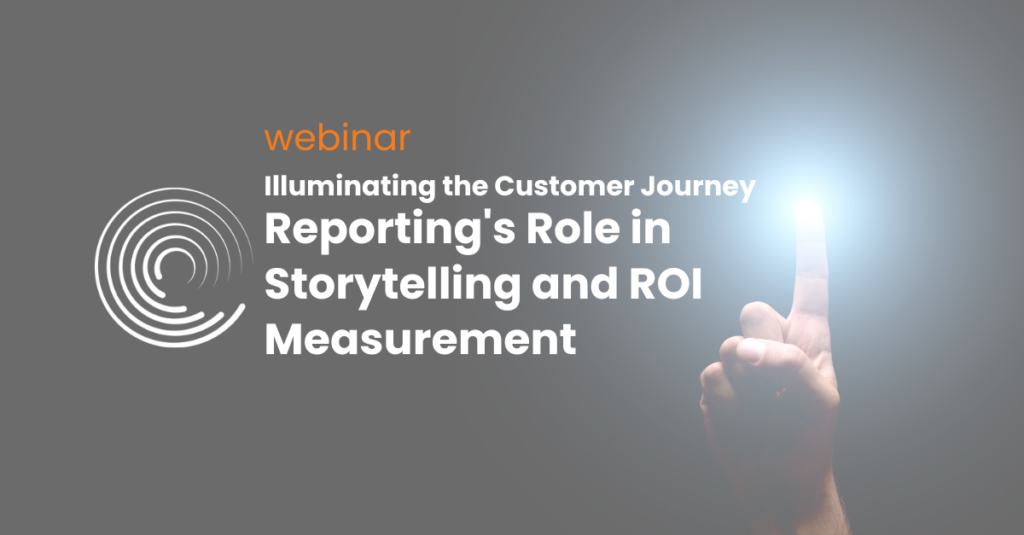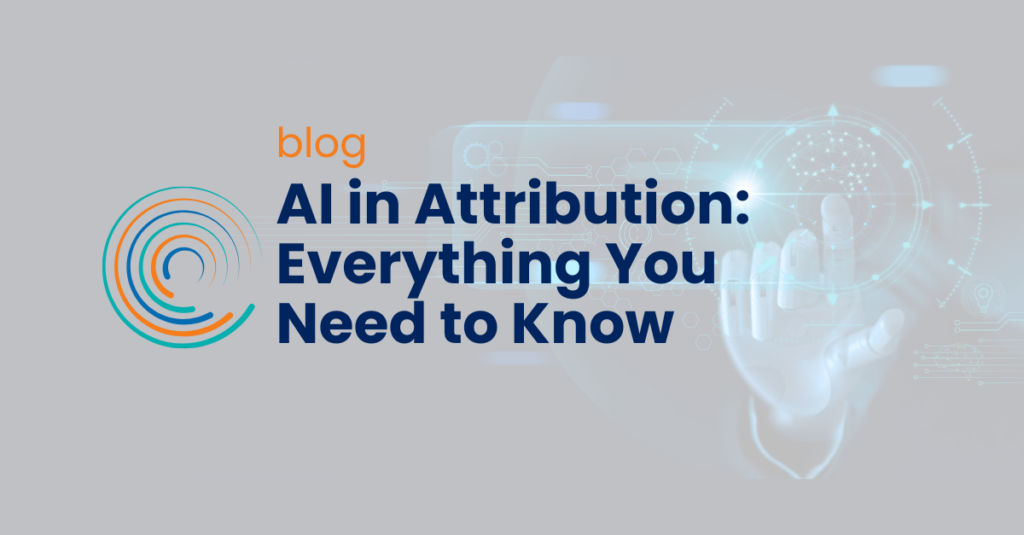
B2B marketers need to be able to figure out which campaign touches drive engagement and, ultimately, conversions and revenue. Attribution models can yield insights that allow marketers to make better spend allocation decisions. Single-touch attribution models like first-touch, last-touch and tipping-point can help marketers better understand lead generation, conversions, and the marketing-to-sales handoff.
Multitouch attribution can also generate important insights on how campaigns impact pipeline and revenue, but it’s critical to avoid mistakes during implantation and to understand the limitations and capabilities of each type of model. Here are five tips that can help you improve your multitouch attribution results.
- Create models that reflect your marketing strategy. It may sound simple, but it’s easy for marketers to get caught up in the different possibilities attribution models offer and miss this basic step. Are you running campaigns to improve the engagement of both new and active leads? If so, consider an even-spread multitouch attribution model that evaluates campaigns across the entire sales cycle. Are you looking to influence prospects later in the sales cycle? Take a look at a time decay attribution model, which gives later touches greater weight.
- Make you understand the business question you’re asking. In addition to aligning the model you choose with the marketing strategy, make sure you understand the business question you’re working to answer. For example, if one campaign strategy is to activate new influencers at top target companies, the business question might be, “What was the lead gen campaign’s impact on pipeline and sales this quarter vs. last quarter?” You’ll need to account for the business question too when setting up reports based on your multi-touch model.
- Apply appropriate reporting parameters. Once you have clarity on the business question you’re asking and choose a model that reflects the marketing strategy, it’s time to apply the right reporting parameters so that your dashboards and reports give you meaningful data. For instance, you might be examining results on a particular date, timeframe, or market segment. Setting the relevant parameters will ensure you get data that is actionable and relevant to the business question you’ve set out to answer with your campaign analysis.
- Combine attribution and funnel metrics to drive efficiency. This holds true for single-touch and multitouch attribution methods: Attribution helps you invest more efficiently, but you’ll also need funnel metrics to drive process efficiency. Also, keep in mind that it’s crucial to use CRM as your data repository because it is the revenue system of record. When you analyze funnel metrics inside the CRM, you can track volume, velocity, and conversion rates and identify any process issues with sales to drive overall efficiency.
- Hold regular meetings with sales and marketing colleagues. Related to the point above, it’s important to make sure everyone is on the same page, and that requires regular meetings with your relevant marketing ops/lead gen colleagues plus the sales/revenue teams that depend on your campaigns to generate business. During meetings, the group should review funnel metrics to identify trends and sticking points, and relevant individuals should take on action items to alleviate bottlenecks as appropriate.
Marketing attribution in general and multitouch attribution specifically will remain key components of B2B campaign measurement because they are essential for efficiency. Without actionable data on campaign performance, marketers can’t invest budget dollars where they produce the best results.
But it’s important to keep in mind that attribution is one-half of the efficiency equation. Funnel metrics matter too. When you can track both inside the CRM, you’ll be able to drive efficiency across the board and in even collaboration with your sales team.

Marketing Planning Best Practices
As CMO, a roadmap is essential to guide your team and reach your goals. Follow these marketing planning best practices to build an agile, data-informed strategy.
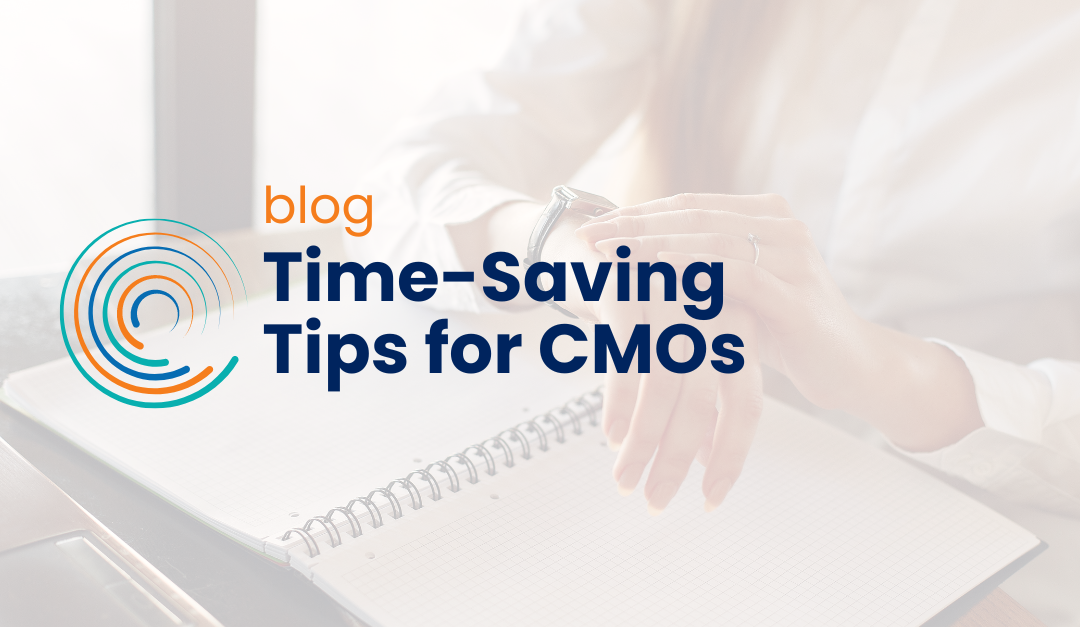
Time-Saving Tips for CMOs
Follow these time-saving tips for CMOs to maximize productivity, drive results, and avoid burnout.

Leadership Lens: July Webinar Recap
July Webinar Recap: Top 10 Reports Sales Wants to See From Marketing. Jason Ferrara recaps the July Full Circle Insights webinar in this month’s Leadership Lens.

Percolating Ideas: CMO Conversations
Percolating Ideas: CMO Conversations – Watch On-Demand

Leveraging Historical Data
For marketing and sales, predicting future success can be challenging. One effective strategy is leveraging historical data.

Sales Forecasting
Sales forecasting doesn’t have to rely on gut feeling. It is possible to accurately predict future performance using historical data.
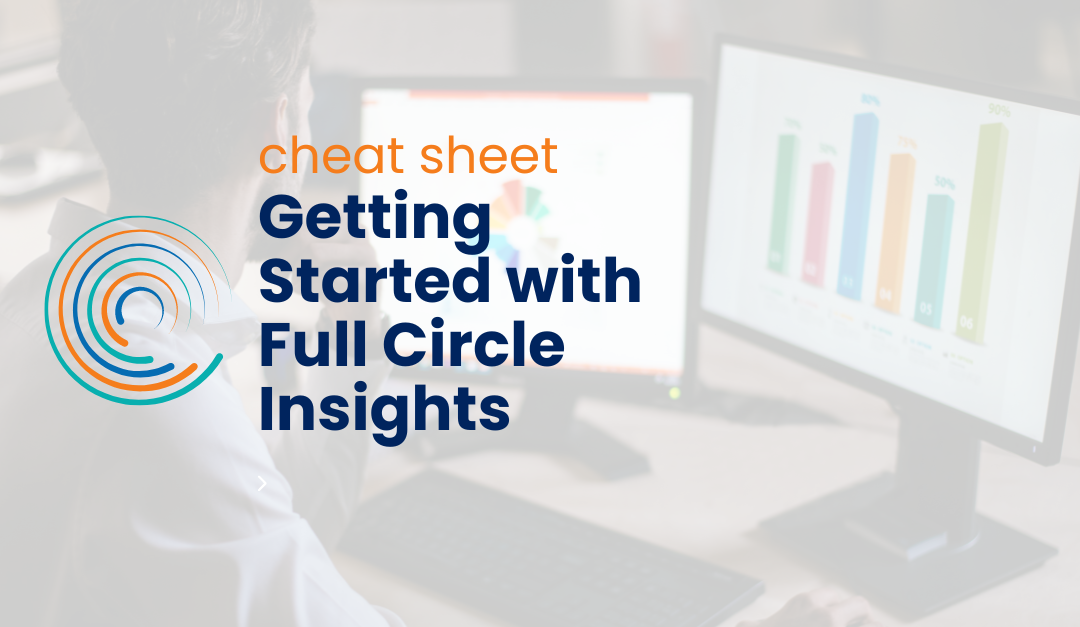
Getting Started with Full Circle Insights
Getting started with Full Circle Insights – Download the cheat sheet to learn more about creating attribution and funnels in Salesforce.
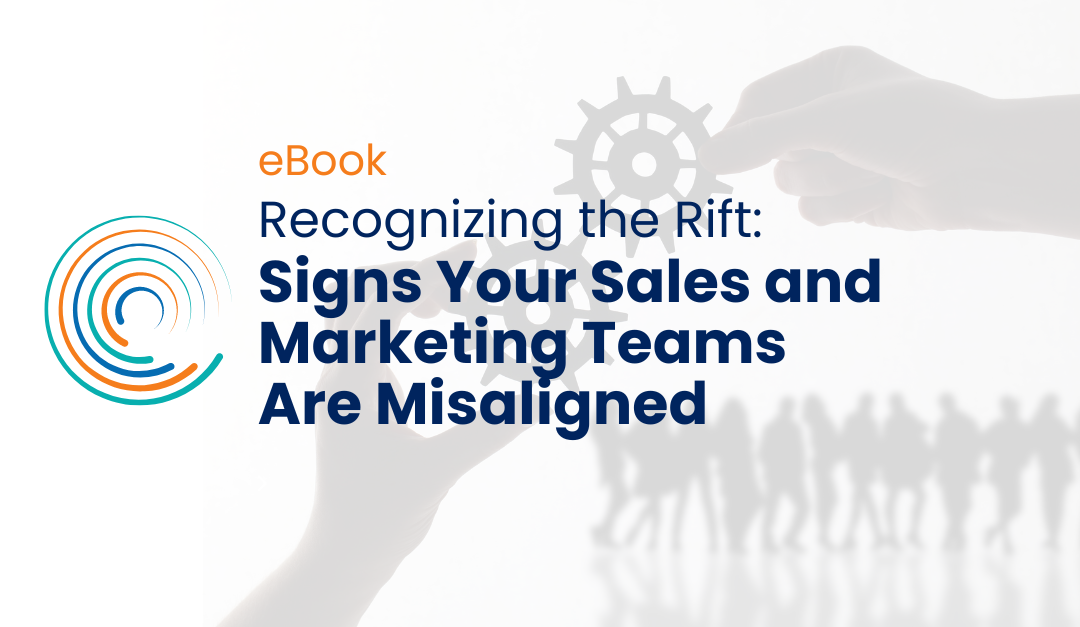
Signs Your Sales and Marketing Teams Are Misaligned
Recognizing the Rift: Signs Your Sales and Marketing Teams Are Misaligned ebook – Learn more about aligning marketing and sales teams.
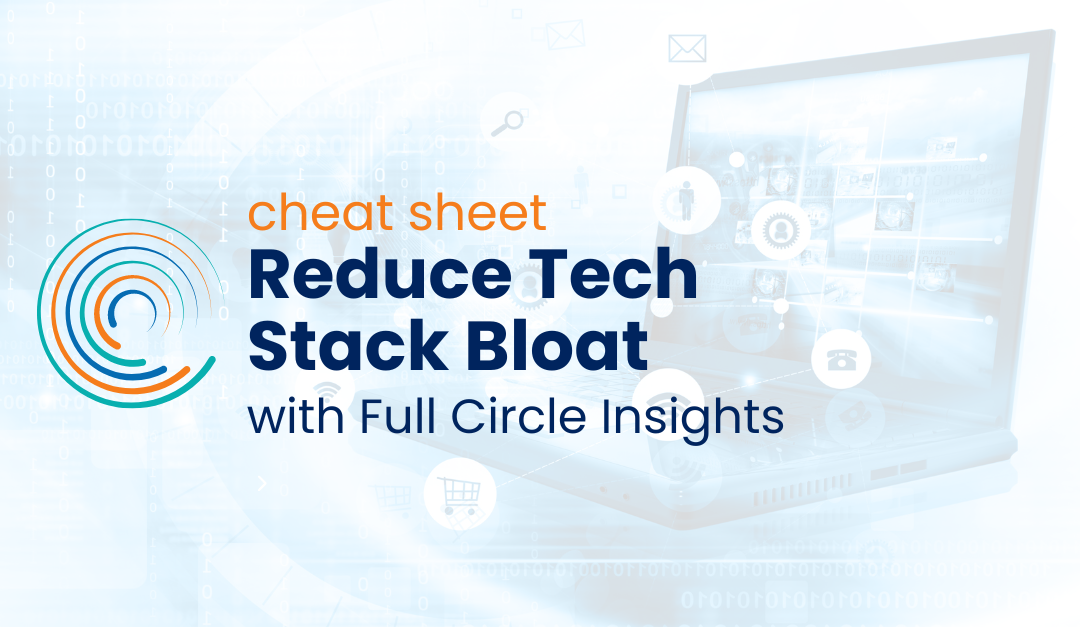
Reduce Tech Stack Bloat
Get the Reduce Tech Stack Bloat with Full Circle Insights cheat sheet to learn how to cut back your tech stack and save resources.
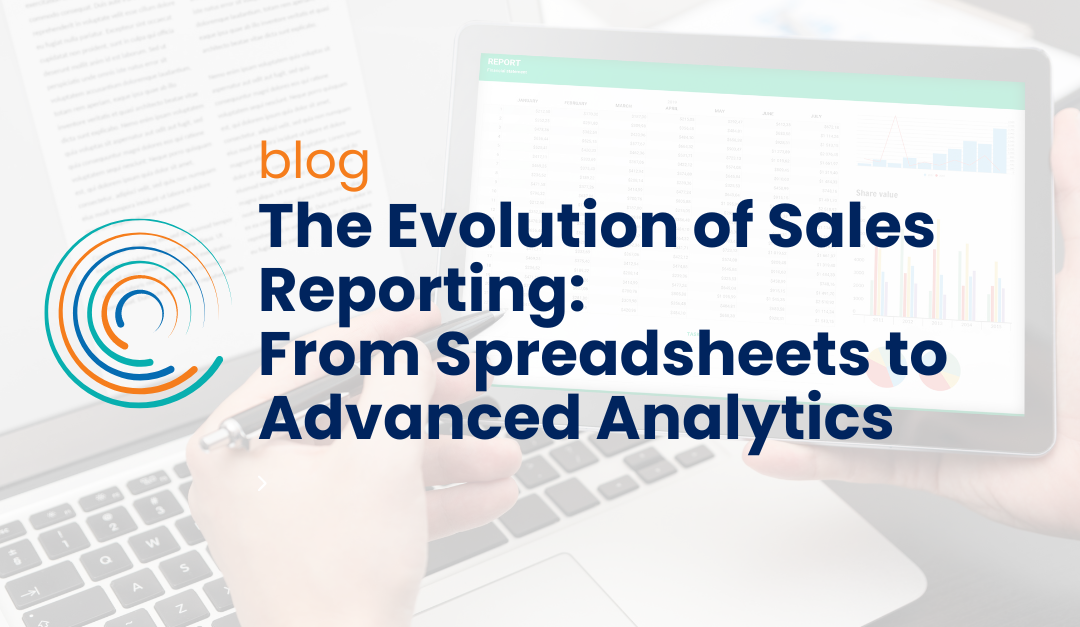
The Evolution of Sales Reporting
The Evolution of Sales Reporting: From Spreadsheets to Advanced Analytics Since the dawn of sales reporting, marketers have had a love-hate relationship with spreadsheets. Whether you shudder at the thought of pivot tables or yearn for the days of Excel (we’re not...

